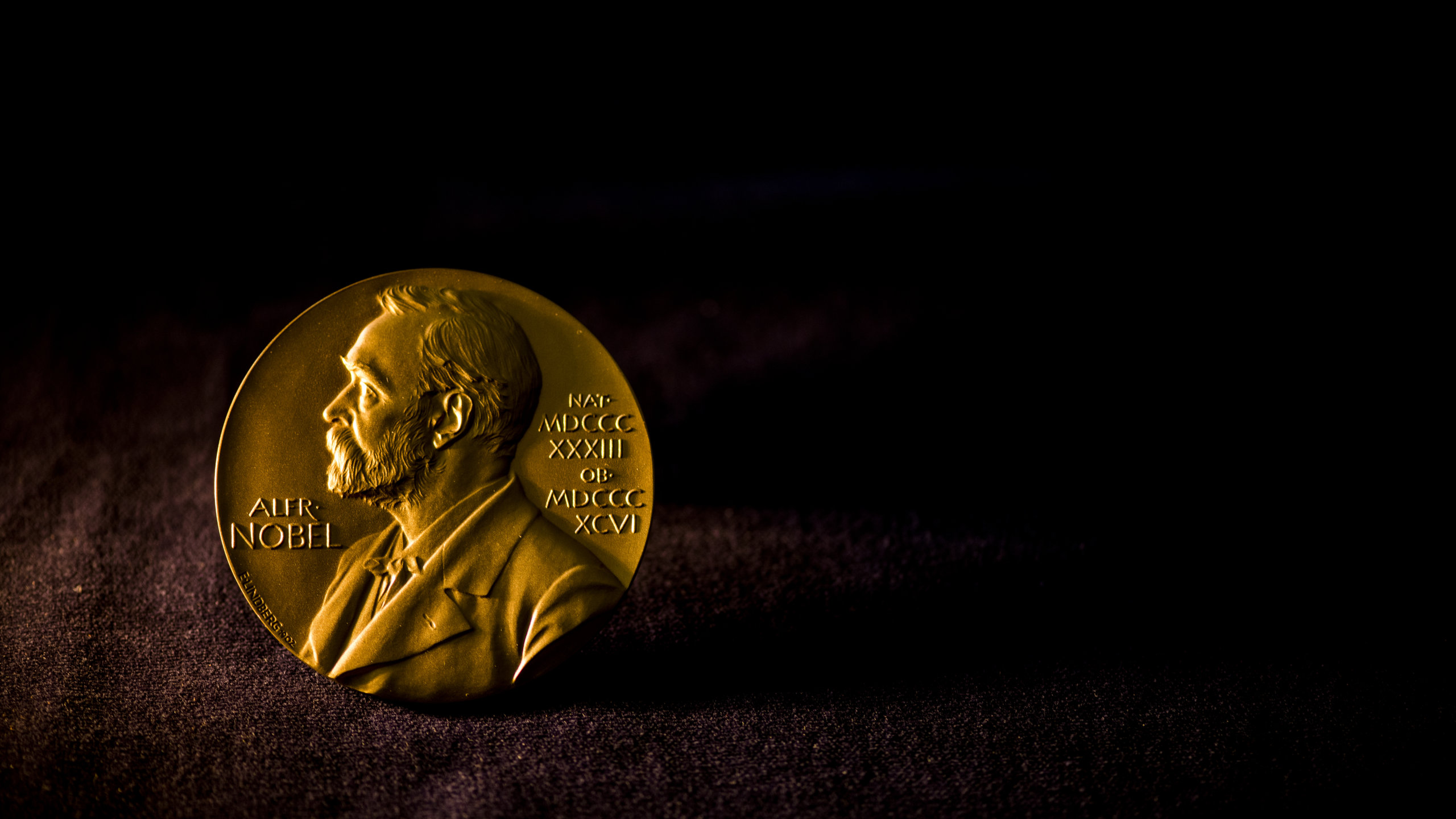APPLICATION OF DIELECTRIC CONSTANT IN PHARMACY
- Dielectric constant is an index polarity of solvent which governs the solubility of drugs.
- Solute molecules are held together by certain intermolecular forces like; dipole-dipore, induced dipole-induced dipole, ion-ion etc. For dissolution of solute, these cohesive forces are required to be broken and adhesive forces are to be maintained between solute and the solvent.
- Solvents may be polar, nonpolar or semi-polar. Polar solvents will dissolve ionic and other polar solute, nonpolar solvents will dissolve nonpolar molecules whereas semi-polar solvents (e.g., alcohols and ketones) may induce a certain degree of polarity in non-polar molecules and may this act to improve the miscibility of polar and nonpolar liquids. Thus, polarity is the prime concern in order to dissolve the drugs.
- One approach is to alter the polarity of the solute by shifting it between it molecular (undissociated) and ionic (dissociated) states. When the molecules shift toward the ionic form, solubility of those molecules is increased in polar solvents. This is possible by altering the pH of the solution.
- Another approach is to mix solvents of different polarities to form a solvent system of optimum polarity to dissolve the solute. Such solvents must obviously be miscible in nature.
- This technique uses the value of dielectric constant which is obtained by mixing appropriate quantity of two solvents of different polarity to obtain the desired polarity in which the drug is highly soluble.
- Pharmaceutically, solvents like water, ethanol, glycerin, propylene glycol, polyethylene glycol 400 or sorbitol are used for internal use while some other solvents may be useful for external uses.
.png)













.jpg)








 a quick overview on Nobel Prizes
a quick overview on Nobel Prizes  DIPOLE MOMENT
DIPOLE MOMENT